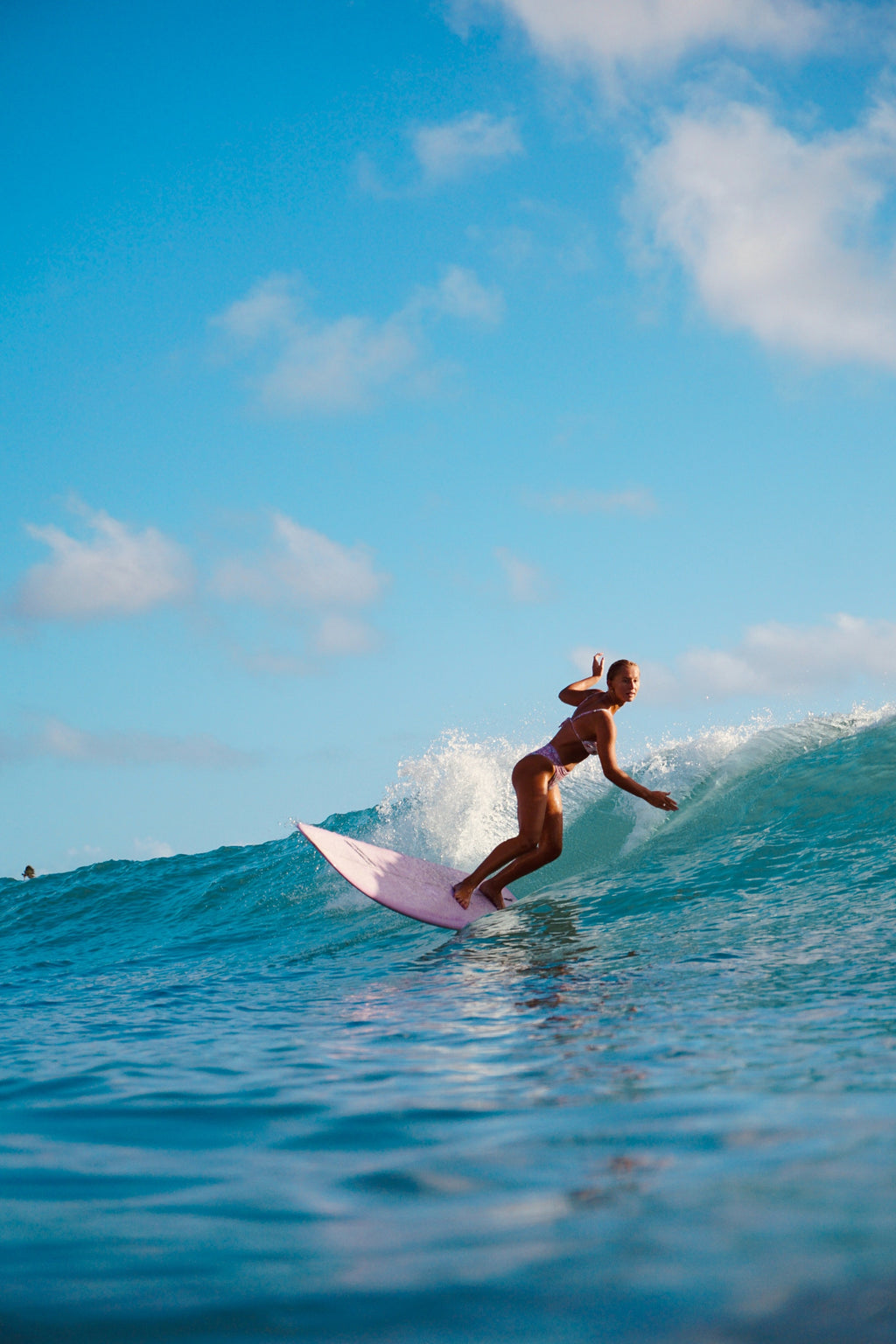Aimbridge Connection
Connecting You to the Latest in Hospitality and Travel Insights.
Catch the Wave: A Surfer's Journey into the Unknown
Ride the ultimate adventure with Catch the Wave! Explore thrilling stories of surfing, discovery, and the ocean's hidden treasures.
The Science of Surfing: Understanding Waves and Swells
The science of surfing goes far beyond just riding the waves; it involves a deep understanding of waves and swells. Waves are generated by the wind as it blows across the surface of the ocean, creating ripples that grow into larger formations. These formations travel across the ocean until they reach the shoreline, where they break and create the surf that surfers love. Factors such as wind speed, duration, and fetch—the distance the wind travels over water—play crucial roles in determining the size and quality of the waves. Understanding these elements is essential for surfers who want to catch the best waves.
In addition to wind conditions, swells also play a significant role in surfing. Unlike waves, swells are generated by distant weather systems and can travel thousands of miles across the ocean before reaching the coast. Surfers often track swells to predict the best surfing conditions. This is done by observing buoy readings and wave forecasts to determine the size and period of incoming swells. A longer period between swells generally means more powerful and well-formed waves, making for an exhilarating surfing experience. By understanding the science behind these ocean phenomena, surfers can significantly enhance their time in the water.

Essential Gear for Every Surfer: What You Need Before Hitting the Waves
When heading to the ocean, having the right equipment is paramount for an enjoyable surfing experience. First and foremost, a quality surfboard tailored to your skill level and the local waves is essential. Beginners may prefer a longer board for stability, while experienced surfers often opt for shorter boards that allow for agility and precision. Next, a comfortable wetsuit protects you from cold water and sun exposure, ensuring that your sessions last longer and are more enjoyable. In addition to these key items, don’t forget essentials like leashes—which keep your board close— and wax to maintain grip while riding the waves.
Aside from the basic gear, there are several accessories that can enhance your surfing experience. A surfboard bag provides protection during transport and storage, while a surf watch helps you keep track of tides and weather conditions. Additionally, consider packing a first-aid kit for minor injuries that can occur while surfing. Finally, a water bottle and healthy snacks will keep you hydrated and fueled for a day in the sun. With these essentials in your gear bag, you'll be well-prepared to conquer the waves and fully enjoy your time surfing.
How to Conquer your Fears: Tips for Surfing in Unknown Waters
Surfing in unknown waters can be a thrilling yet daunting experience. To conquer your fears, it’s essential to prepare both mentally and physically. Start by familiarizing yourself with the surf conditions by visiting reputable surf forecast websites or speaking to local surfers. Understanding wave patterns and potential hazards can significantly reduce anxiety. Once you feel informed, consider practicing in smaller, more manageable waves before tackling challenging conditions. This gradual exposure helps build your confidence and skill set.
Another effective strategy is to surround yourself with supportive people. Whether it's friends, family, or fellow surfers, their encouragement can make a substantial difference. Additionally, focus on your mindset—visualization techniques can be particularly powerful. Imagine yourself riding the waves successfully, overcoming obstacles with grace. Lastly, remember that everyone starts somewhere; embrace small victories and learn from setbacks. With determination and the right approach, you can successfully conquer your fears and enjoy the exhilaration of surfing in unknown waters.